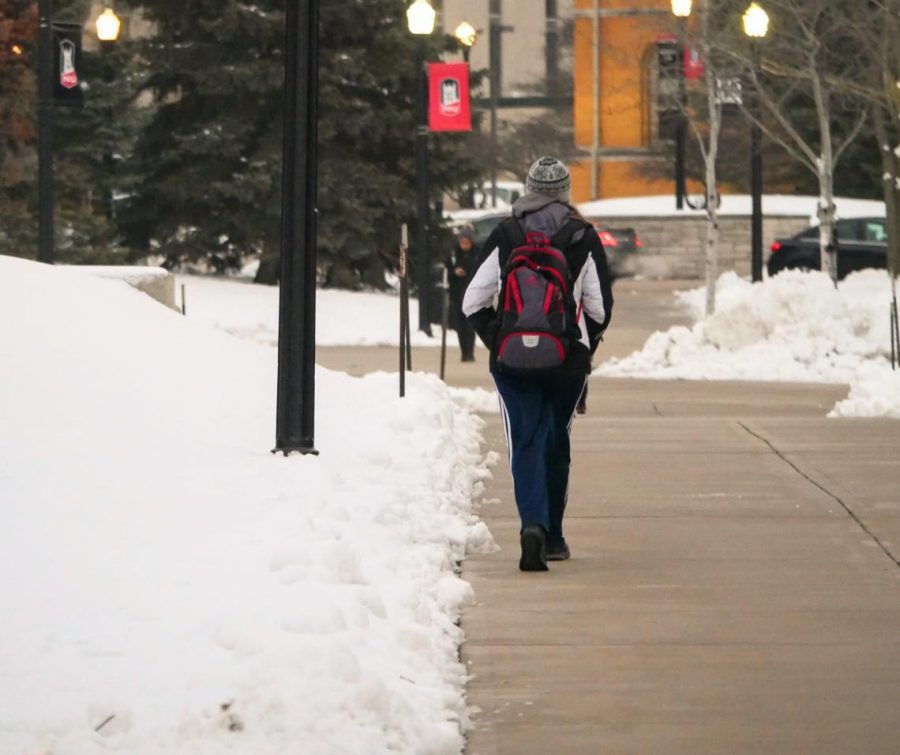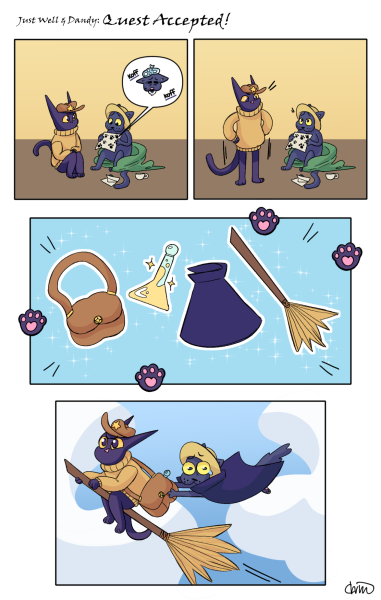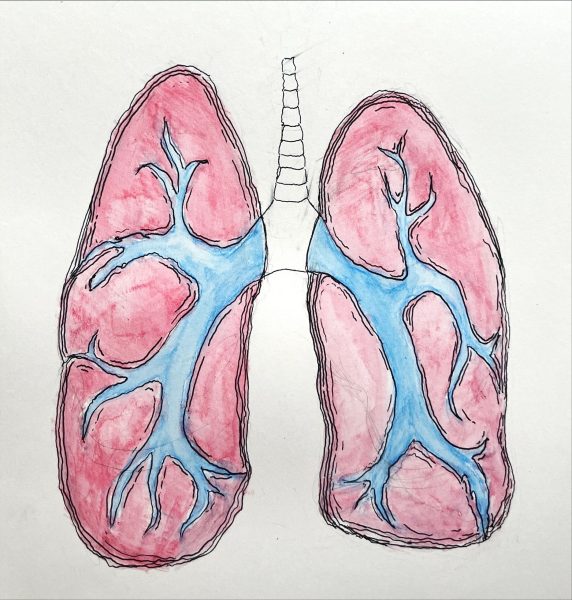Editorial: MAP grant funding should remain priority
With the added stress of the pandemic, MAP grant funding should still be a priority.
January 14, 2021
In Illinois, the MAP grant program helps college students ease the burden of student loan debt. But with a rocky financial history and the added stress of the pandemic, maintaining MAP grant funding is more important than ever.
MAP grant funding is important, and students should hold the Illinois government to maintaining the Illinois Student Assistance Commission’s funds even after the pandemic finally ends.
The Monetary Award Program provides eligible Illinois college students with grant money to help cover the cost of tuition and other mandatory fees. This grant comes from the Illinois government and does not have to be repaid, according to the commission’s website.
MAP grants are distributed by the Illinois Student Assistance Commission based on financial need determined by filling out the Free Application for Federal Student Aid. Once the FAFSA has been completed, Illinois college students may be eligible for the MAP grant.
To be eligible for the MAP grant, students must demonstrate financial need, apply for the FAFSA by the commission’s suspension period and maintain good academic standing with their university, among other criteria.
Over 135,000 students receive financial assistance from MAP grants, according to Illinois’ FY21 budget. Of those students, about 53% are so low-income they’re considered unable to provide for their own college expenses, according to the commission’s website.
At NIU, 41% of students received the MAP grant during the Fall 2020 semester, NIU spokesperson Joe King said. With so many students relying on those additional funds, the consequences of inadequate MAP grant funding would be devastating for so many students.
In the past, MAP grant funding has been unstable.
During the 2016 Illinois Budget Impasse, MAP grant funding was cut from $364.1 million to $169.8 million, according to records from the Illinois State Comptroller’s office. This had a chilling effect on college students at the time as one in seven students who received MAP grant funds reported they may drop out if MAP grants weren’t funded.
If those students hadn’t received their MAP grant funds, many of them wouldn’t have been able to continue their education. King said all eligible NIU students eventually received their MAP grant funding during the budget impasse. However, such a close scare during “normal times” sets an eerie tone for what the future may hold.
With the financial strain of the pandemic, it would be a tragedy if students lost their chance at a degree because of insufficient government funds. We at the Northern Star want to see students continue to push for the funding they deserve.
Illinois’ FY20 budget increased MAP grant funding by about $50 million to its historic high of $451.3 million, according to the commission’s website.
The Illinois state budget maintains MAP grant funding at $451.3 million, according to the Illinois FY21 budget. Though we consider this a great victory for the program considering the pandemic, we should hold our state government to continue to maintain.
Though MAP grants have been funded for the moment, students need to make sure the folks representing them in Springfield hear them even after the pandemic ends. There’s no good reason why MAP grants would be funded any less.
The MAP grant program is a wonderful way for low-income college students to finance their higher education. Continuing to fund MAP grants means hundreds of thousands of young Illinoisans can afford to earn the degree that will shape the rest of their lives.
For more information on MAP grants, visit www.isac.org.














